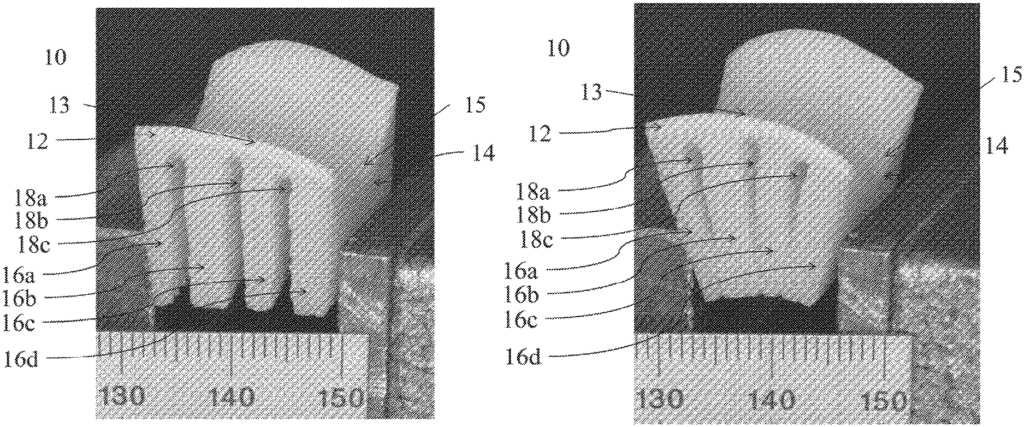Advanced Solutions for Joint Repair with Customized Osteochondral Allografts
Introduction
Joint injuries and cartilage degeneration are some of the most common orthopedic issues, affecting millions of individuals worldwide. These conditions, which can stem from trauma, aging, or degenerative diseases like osteoarthritis, often lead to significant pain and reduced mobility. Traditional treatments such as joint replacement surgeries, autografts, or off-the-shelf allografts have limitations in their ability to precisely mimic the natural structure of cartilage. Our patented customized bendable osteochondral allografts offer a new approach, providing a tailored solution for joint repair and cartilage restoration that adapts to the patient’s specific anatomical needs.
The Limitations of Traditional Treatments
Current surgical options for joint repair, including conventional grafts or synthetic materials, often fail to provide the flexibility and precision required for long-term success. Allografts that are rigid or non-customizable can lead to improper fit, suboptimal healing, and complications post-surgery. Additionally, these limitations may result in longer recovery times and the need for future interventions. As patients and surgeons increasingly demand solutions that improve outcomes and restore joint function more effectively, there is a need for grafts that offer both structural integrity and flexibility in surgical application.
Bendable and Customizable Grafts for Precision Repair
Our patented customized bendable osteochondral allografts are designed to meet the specific anatomical needs of each patient, offering flexibility in both design and surgical use. These allografts are uniquely engineered to bend and adapt to the natural contours of the joint, ensuring a more accurate fit during implantation. This flexibility allows surgeons to restore cartilage more precisely, improving the integration of the graft with the surrounding tissue and promoting faster, more effective healing.
In addition to being bendable, the allografts can be customized based on the patient’s specific condition, making them an ideal solution for treating a wide range of joint issues. This tailored approach reduces the risk of complications, enhances surgical outcomes, and minimizes the need for repeat procedures, giving patients a more durable and long-lasting solution for joint repair.
Key Benefits of This Technology
- Personalized Fit: Each graft can be customized to fit the patient’s specific anatomy, improving the precision of joint repair.
- Flexible Design: The bendable nature of these allografts allows for better integration with surrounding tissue, promoting faster healing.
- Versatile Applications: These grafts can be used to treat a wide variety of joint and cartilage issues, from sports injuries to degenerative conditions.
- Reduced Complications: By offering a better anatomical fit, this technology reduces the risk of complications and revision surgeries.
A Breakthrough in Orthopedic Care
Licensing this patented technology provides an opportunity to deliver cutting-edge, personalized solutions in orthopedic care. With the growing demand for better joint repair options, customized bendable osteochondral allografts are a game-changing tool for surgeons looking to improve patient outcomes and restore mobility with precision and flexibility. This innovation has the potential to set a new standard in joint repair and cartilage restoration.

- Abstract
- Claims
What is claimed is:
Share
Title
Customized bendable osteochondral allografts
Inventor(s)
Melvin P. Rosenwasser, Gerard A. Ateshian, Clark T. Hung, Brian K. Jones
Assignee(s)
Columbia University in the City of New York
Patent #
10722370
Patent Date
July 28, 2020
